Hi there, pet lovers! 🦎
Reptile lovers seeking a unique, docile, and fascinating pet often overlook the chuckwalla—a charismatic, herbivorous lizard native to the arid regions of the southwestern U.S. and northern Mexico. With their gentle demeanor, striking appearance, and relatively low-maintenance care (compared to other large lizards), chuckwallas make excellent pets for dedicated keepers.
In this detailed review, we’ll explore everything you need to know about chuckwallas, from their personality and habitat needs to their dietary preferences and long-term care. Whether you’re a seasoned reptile keeper or considering your first desert-dwelling pet, this guide will help you decide if the chuckwalla is the right fit for your home.
Overview
Chuckwallas (Sauromalus spp.) are medium-sized, rock-dwelling lizards known for their calm temperament, vegetarian diet, and impressive ability to wedge themselves into tight spaces as a defense mechanism. Here’s a quick summary of what makes them stand out:
- Handling and Temperament: Gentle, rarely bites, and enjoys human interaction.
- Care and Maintenance: Requires a hot, dry habitat with UVB lighting and a herbivorous diet.
- Health and Durability: Hardy but sensitive to humidity and improper heat gradients.
- Availability: Rare in the U.S.; easier to find in Europe or through specialty breeders.
- Cost: Moderate initial setup but affordable long-term due to low feeding costs.
- Overall: A rewarding pet for keepers who can meet their environmental needs.
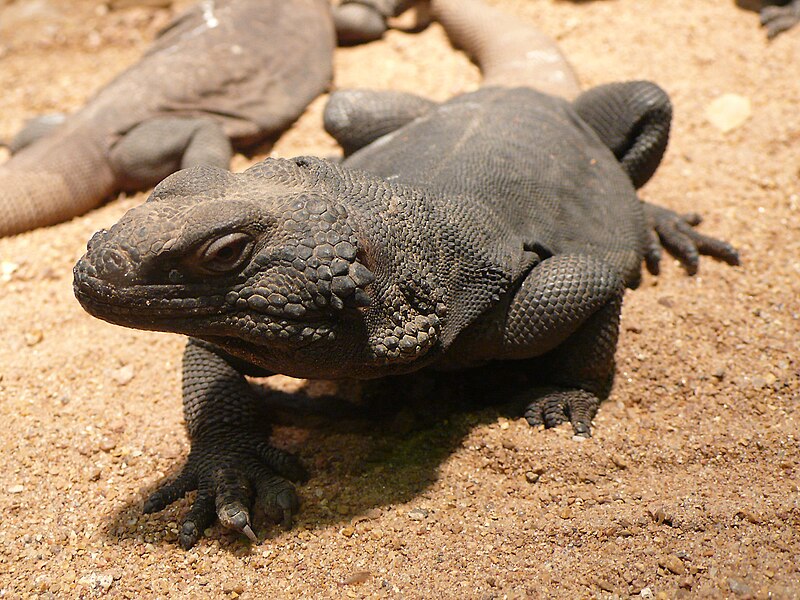
Why Choose a Chuckwalla?
Chuckwallas are ideal for reptile enthusiasts who want a large, interactive lizard without the hassle of feeding live insects. Their vegetarian diet, long lifespan (15-25 years), and calm disposition make them a standout choice for intermediate to advanced keepers.
Unlike more skittish reptiles, chuckwallas often tolerate—and even enjoy—gentle handling once acclimated. Their rock-climbing antics and personable nature provide endless entertainment, while their low odor and clean habits make them a practical choice for indoor enclosures.
Handling and Temperament
Chuckwallas are among the most docile lizards available in the reptile trade. Unlike iguanas or monitors, they rarely bite, whip their tails, or exhibit aggression.
Personality Traits
- Curious but Calm: Many chuckwallas willingly climb onto their keeper’s hand or shoulder.
- No Tail Dropping: Unlike crested geckos, they rarely drop their tails—and if they do, it regrows.
- Gentle Giants: Their blunt claws and rough, sandpaper-like skin make them easy to handle without risk of injury.
Handling Tips
- Start Slow: Let them adjust to your presence before picking them up.
- Support Their Body: They feel most secure when gently cupped or allowed to wedge against you.
- Avoid Overhandling: While tolerant, they still need downtime to bask and explore.
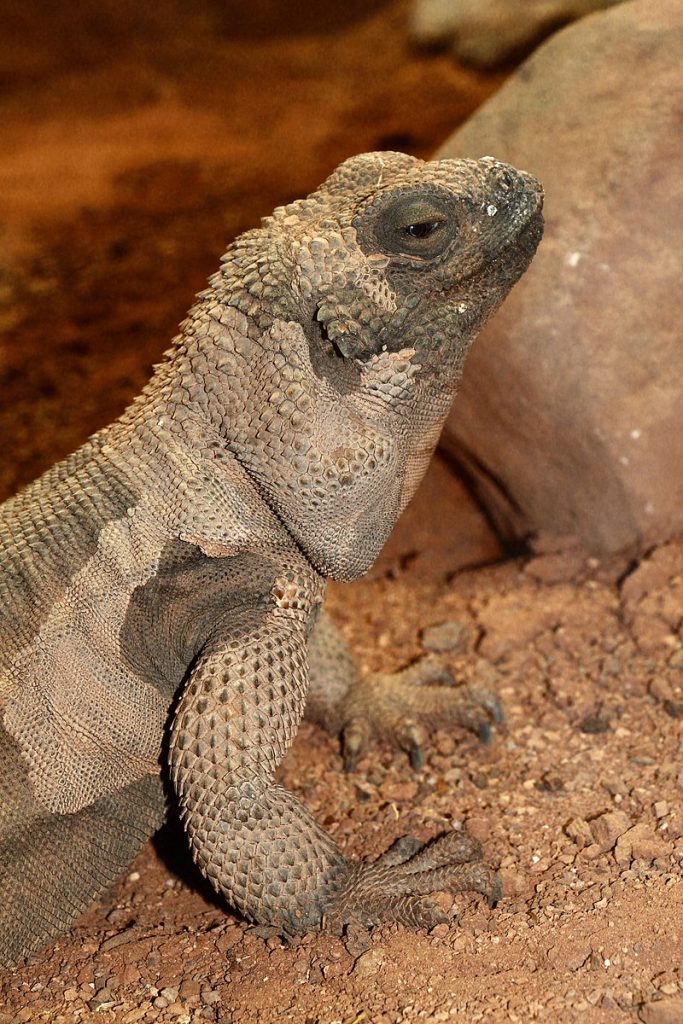
Care and Maintenance
Chuckwallas thrive in hot, dry environments that mimic their natural desert habitat. Proper setup is critical for their health and longevity.
Enclosure Setup
- Size: Minimum 4’x2’x2’ for adults; larger is better.
- Substrate: Sandy mix or reptile-safe soil (avoid calcium sand).
- Climbing Structures: Sturdy rocks, slate, and driftwood for basking and hiding.
- Hiding Spots: Provide tight crevices (they love to wedge themselves in).
Temperature & Lighting
- Basking Spot: 120-130°F (49-54°C)—critical for digestion.
- Cool Zone: 75-85°F (24-29°C) to allow thermoregulation.
- UVB Lighting: Desert-strength (10.0 UVB) for 10-12 hours daily.
Humidity
- Keep it Dry: Ideal humidity is 20-30% (higher levels can cause respiratory issues).
- Water Dish: Provide one, but don’t be surprised if they rarely drink.
Diet
- Leafy Greens: Collard, mustard, and dandelion greens (avoid spinach/kale).
- Vegetables: Squash, bell peppers, carrots (chopped finely).
- Fruits (Occasional): Berries, melon, or figs as treats.
- Supplements: Calcium (without D3 if using UVB) and multivitamins twice weekly.
Health and Durability
Chuckwallas are robust lizards when kept in proper conditions, but they are sensitive to:
- Overheating (always provide a cool retreat).
- High Humidity (can lead to skin or respiratory infections).
- Poor Diet (may cause metabolic bone disease).
Common Health Issues
- Dehydration: Ensure fresh greens and occasional misting.
- Parasites: Rare in captive-bred chuckwallas but possible in wild-caught.
- Obesity: Monitor food intake—they love to eat!
Preventative Care
- Annual Vet Checkups: Especially for fecal exams.
- Clean Enclosure: Spot-clean daily; deep-clean monthly.
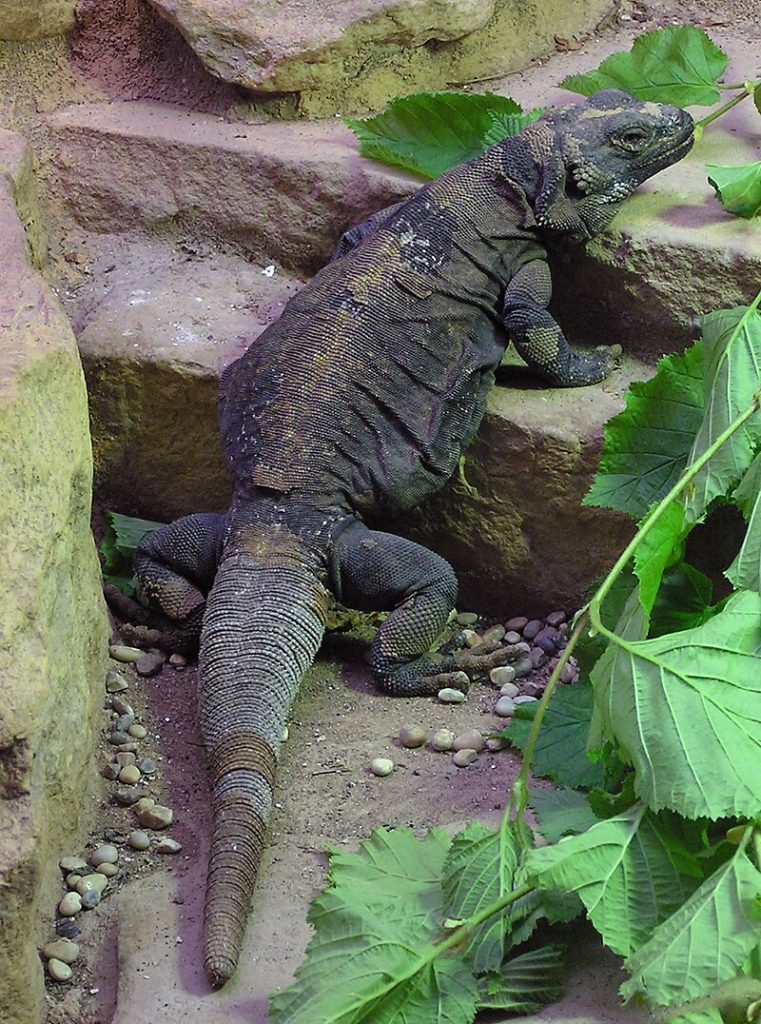
Availability and Cost
Chuckwallas are not commonly found in pet stores, making them a niche pet.
Where to Buy
- Specialty Breeders: The best source for healthy, captive-bred chuckwallas.
- Reptile Expos: Occasionally available but often pricier.
- Online Retailers: Shipping costs can be high due to their size.
Cost Breakdown
- Lizard: $200-$600 (depending on species and morph).
- Enclosure Setup: $300-$500 (lights, heating, decor).
- Monthly Food: $20-$30 (cheaper than insectivores).
Pros and Cons
Pros
✔️ Gentle, easy to handle.
✔️ Herbivorous (no live insects needed).
✔️ Long lifespan (15-25 years).
✔️ Unique appearance and behaviors.
Cons
❌ Requires large, hot enclosure.
❌ Hard to find in the U.S.
❌ Sensitive to humidity (not ideal for tropical climates).
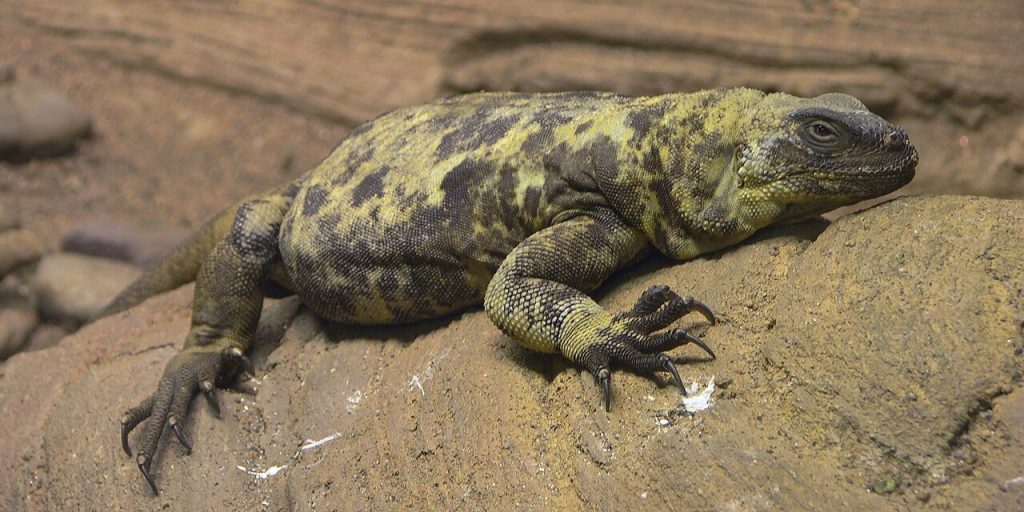
Final Thoughts
The chuckwalla is a fantastic pet for keepers who can provide the right environment. Their calm nature, vegetarian diet, and long lifespan make them a rewarding companion for those willing to invest in their care.
If you’re ready for a desert-dwelling, rock-loving lizard that’s as personable as it is unique, the chuckwalla might be the perfect addition to your reptile family.
For more reptile care guides and expert advice, stay tuned to our blog—and don’t forget to share your chuckwalla experiences in the comments below! 🦎




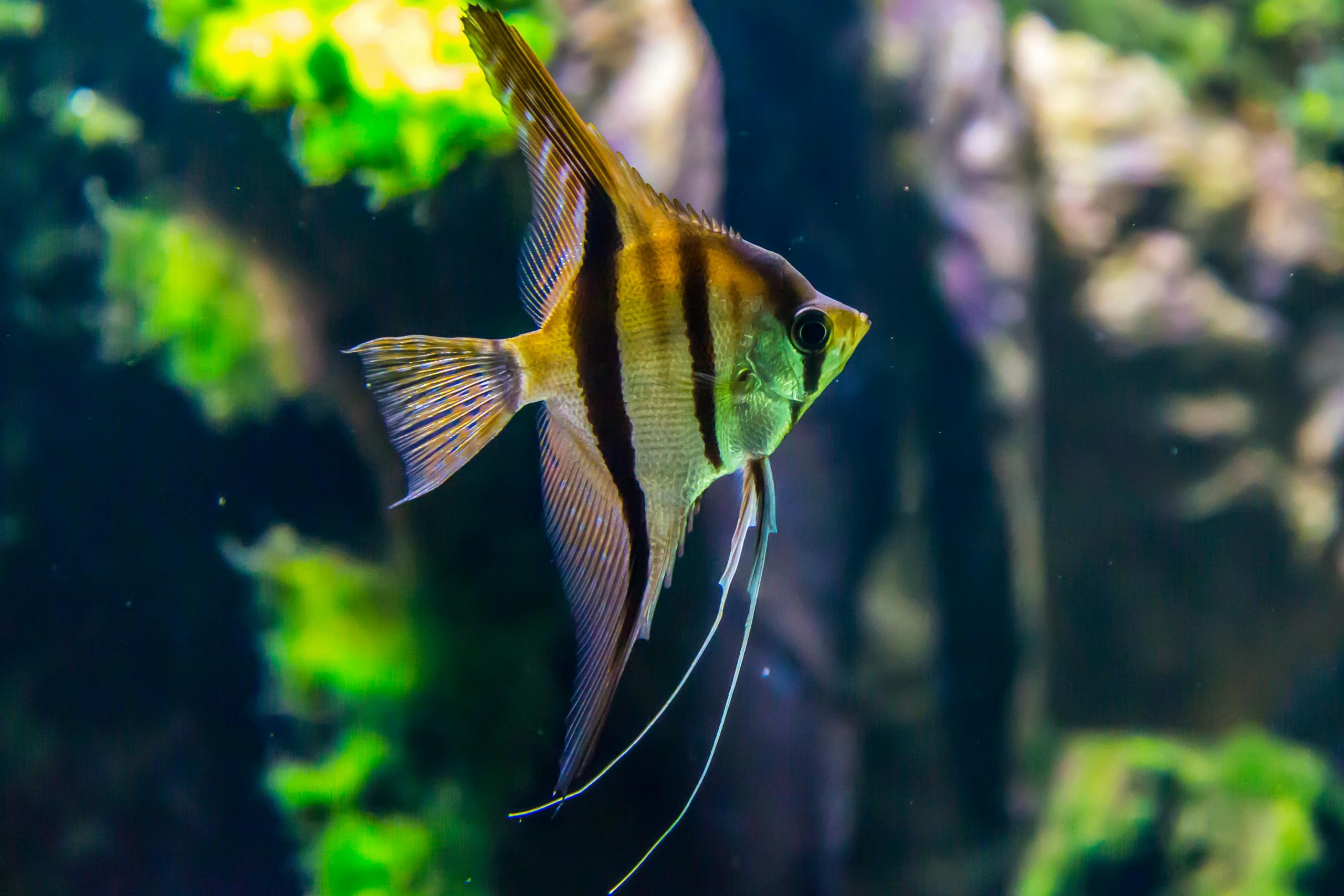
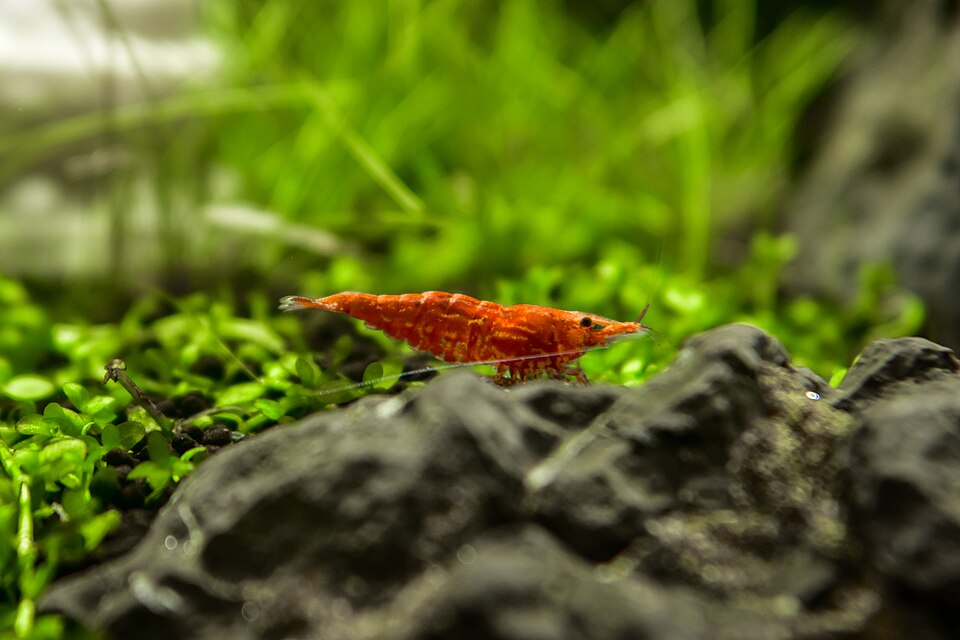

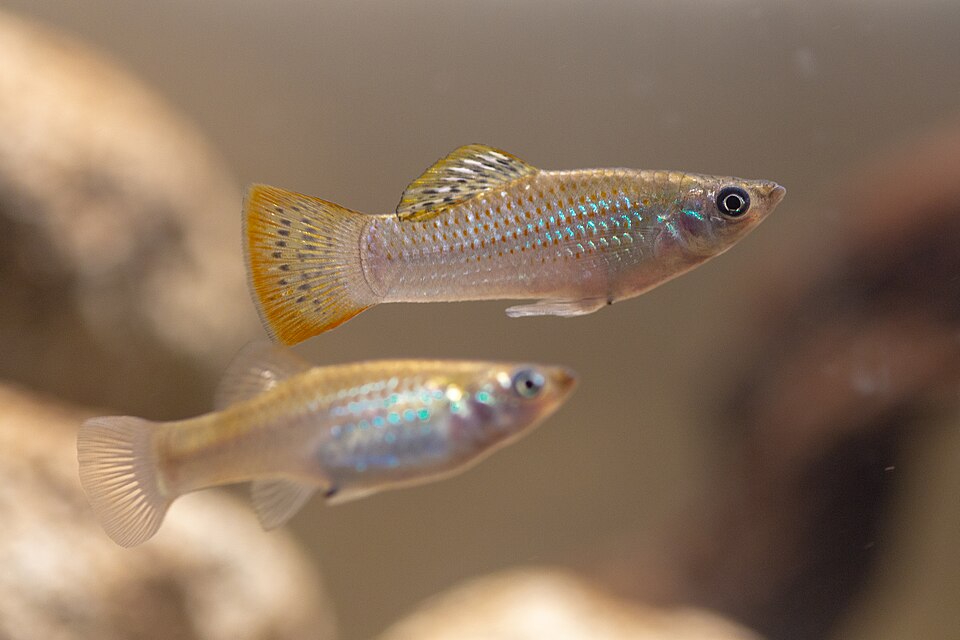
Leave a Reply